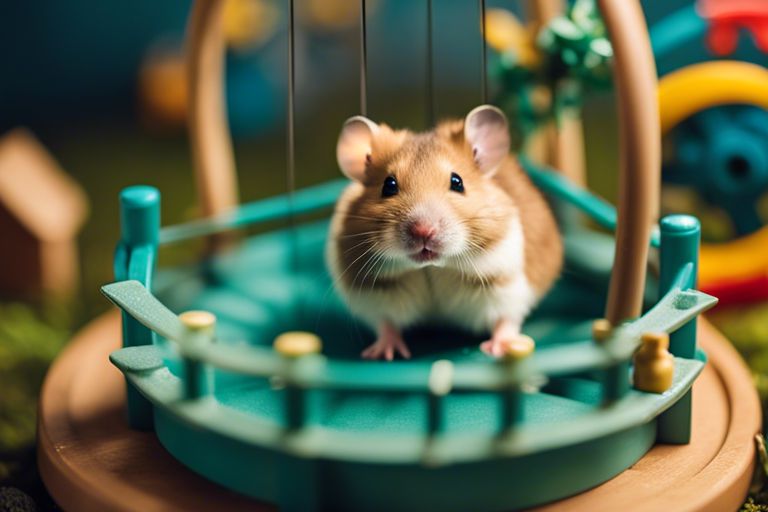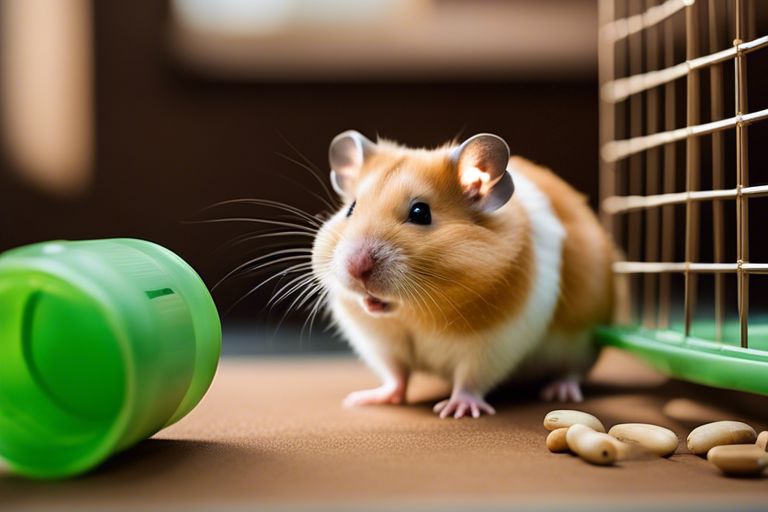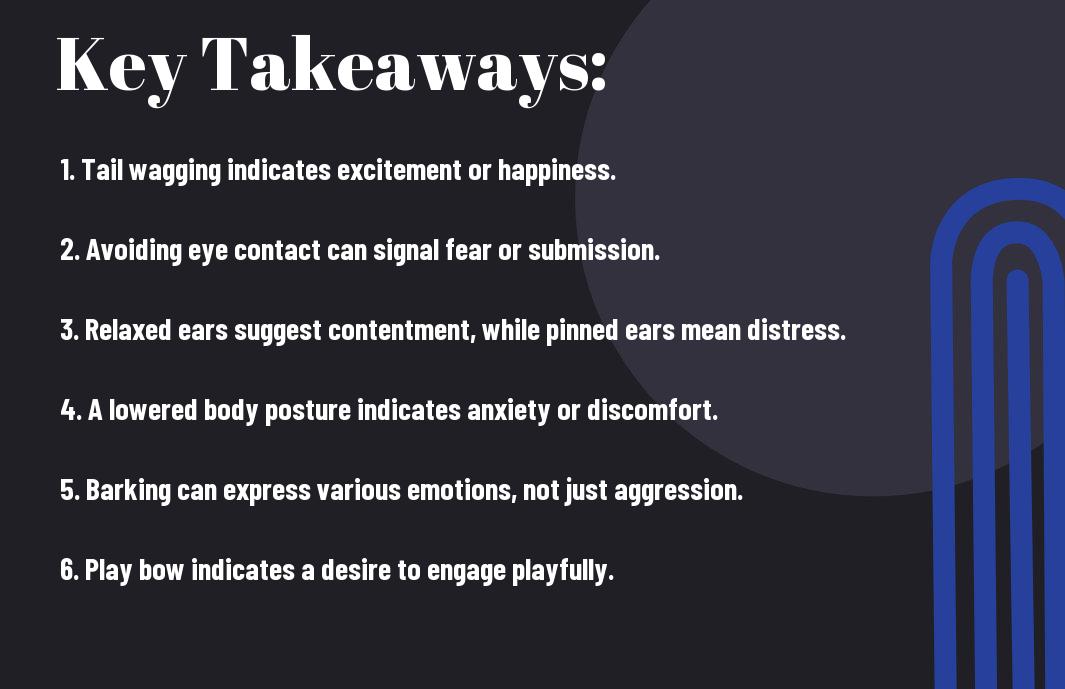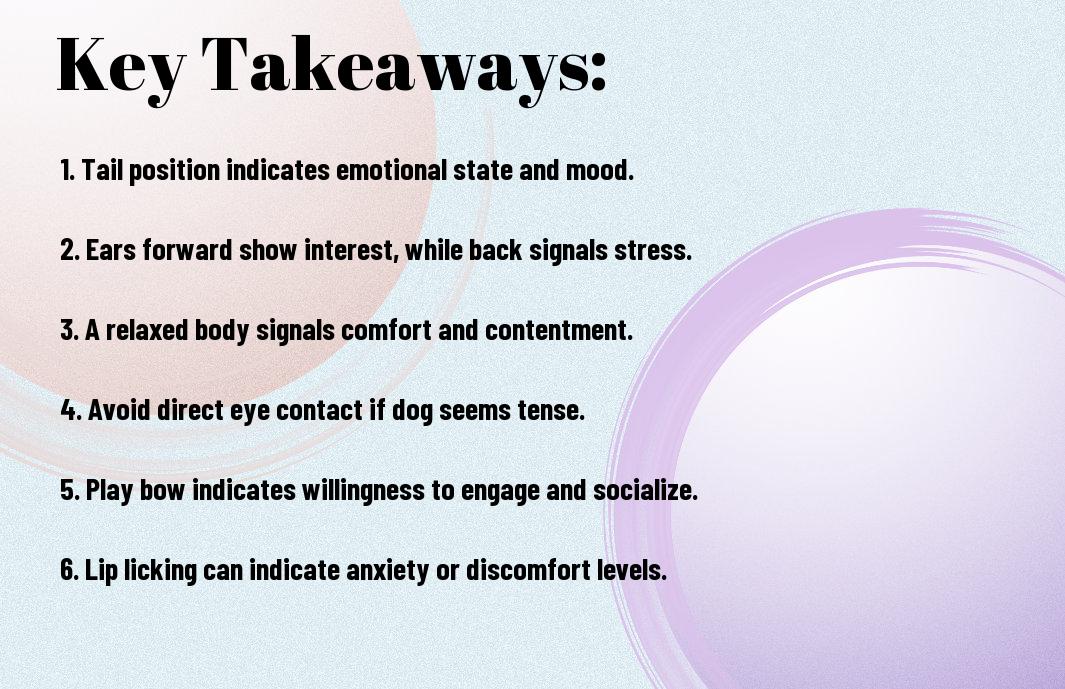In the context of understanding hamster behavior, recognizing the signs of a happy hamster is crucial for their well-being. Hamsters are adorable and fascinating little creatures with their own unique ways of communicating their emotions. By observing their behaviors closely, you can learn to decipher what makes your furry friend content and satisfied in their environment. From body language to vocalizations, let’s explore the indicators of a happy hamster and how you can ensure they lead a joyful life in your care.
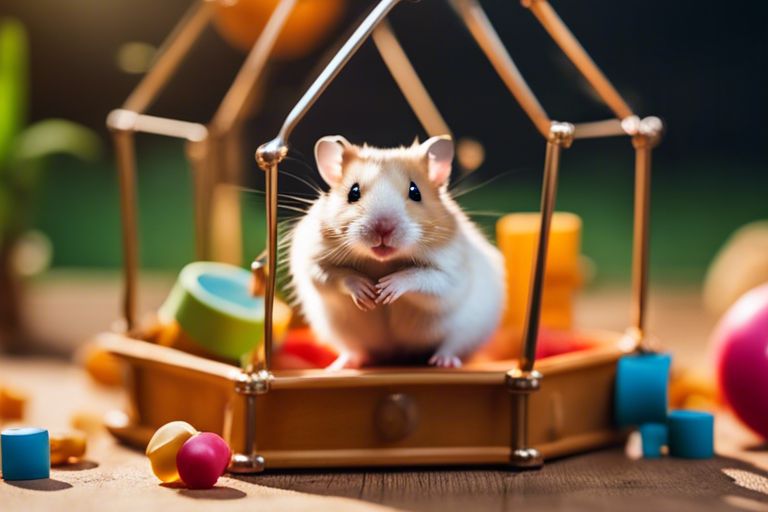
Basics of Hamster Psychology
The Instinctual Behaviors of Hamsters
One of the key aspects of understanding hamster behavior is recognizing their instinctual behaviors. Hamsters are naturally prey animals, which means they have a strong instinct to burrow and hide in order to feel safe. This behavior is vital for their survival in the wild and can be observed in captivity as well.
How Domestication Affects Hamster Behavior
Hamsters have been domesticated for decades, which has had a significant impact on their behavior. While domesticated hamsters still retain some of their wild instincts, such as the desire to burrow, they have also developed new traits. Domestic hamsters are more tolerant of human interaction and have been bred for certain characteristics, such as different coat colors and patterns.
Plus, domestic hamsters have adapted to living in a captive environment, which can influence their behavior. They may exhibit different behaviors than their wild counterparts, such as increased food hoarding and burrowing tendencies. Understanding these differences can help hamster owners provide a stimulating and enriching environment for their furry friends.
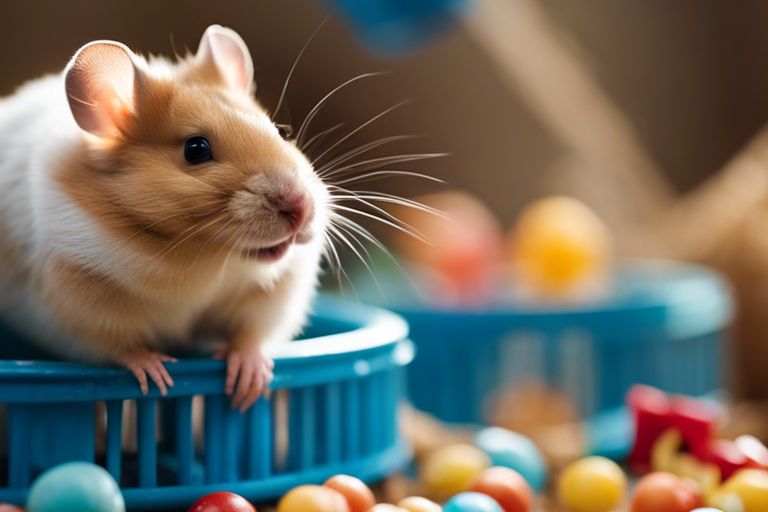
Recognizing Happiness in Hamsters
Physical Signs of Contentment
Some physical signs that indicate a hamster is happy include a relaxed body posture, with their fur smooth and sleek. They may also exhibit a healthy appetite, bright and clear eyes, and a clean, well-groomed coat.
Behavioral Indicators
Happiness in hamsters can also be recognized through their behavior. Content hamsters may engage in playful activities like running on their wheel, grooming themselves, or interacting with their toys. They may also display a curious and alert demeanor, exploring their environment with enthusiasm.
For a more accurate assessment of your hamster’s happiness, it’s imperative to observe their behavior over time and note any changes in their routine or habits. Sometimes subtle shifts in behavior can indicate their emotional state.
Environmental Influence on Hamster Behavior
Creating a Stimulating Habitat
Many factors in your hamster’s environment can impact its behavior. Creating a stimulating habitat is vital for your hamster’s mental and physical well-being. A spacious cage with tunnels, hideouts, wheels, and chew toys can provide enrichment and prevent boredom. Regularly changing toys and adding in different substrates for digging can also keep your hamster engaged and happy.
The Impact of Social Interaction
Hamsters are solitary animals by nature, so their social interaction needs are minimal compared to other pets. However, occasional positive interactions with their owners can have a positive impact on their behavior. Gentle handling, talking to your hamster, and offering treats can build trust and bond with your furry friend. On the flip side, lack of social interaction or rough handling can lead to stress and anxiety in hamsters.
Impact
Social interaction can affect a hamster’s behavior significantly. Positive interactions can make a hamster feel secure and loved, while negative interactions can cause distress. It’s vital to understand your hamster’s social needs and provide the right balance of interaction to ensure they lead a happy and healthy life.
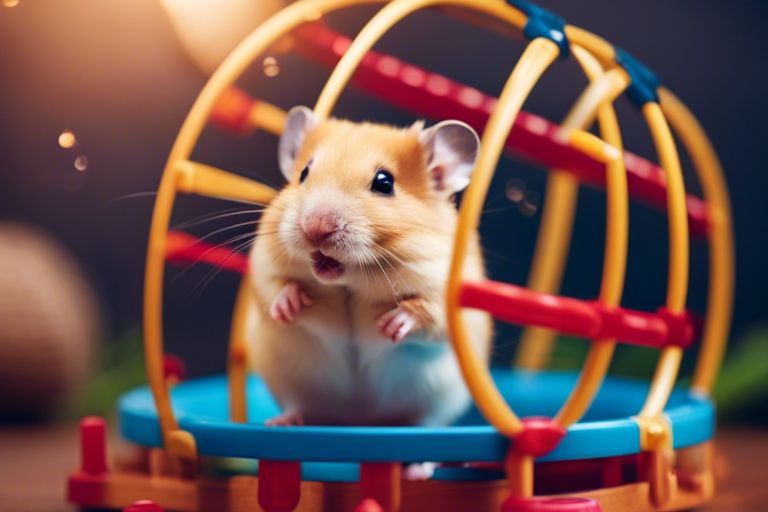
Promoting Positive Behavior
Appropriate Handling and Bonding
Unlike some pets, hamsters are delicate creatures that require gentle handling. When interacting with your hamster, it’s crucial to promote positive behavior through appropriate handling techniques. Always approach your hamster calmly and allow them to come to you before attempting to pick them up. Bonding with your hamster through regular, gentle handling sessions can help build trust and create a positive relationship between you and your pet.
The Role of Diet and Exercise
Promoting a healthy diet and providing ample opportunities for exercise are key elements in ensuring your hamster’s overall well-being and promoting positive behavior. A well-balanced diet consisting of commercial hamster food, fresh vegetables, and occasional treats will keep your hamster healthy and content. Additionally, providing a variety of toys and a wheel for exercise will help prevent boredom and encourage natural behaviors like running and exploring.
Exercise plays a crucial role in keeping your hamster physically and mentally stimulated. A lack of exercise can lead to obesity, health issues, and even behavioral problems. Ensure your hamster has access to a spacious cage with ample room to run and explore, as well as toys and exercise equipment to keep them active and engaged.
Final Words
Upon reflecting on the signs of a happy hamster, it becomes clear that understanding their behavior is crucial in providing them with proper care and a nurturing environment. By observing their actions, we can ensure that our furry friends are content and healthy. From their lively movements to their comfortable bedding choices, hamsters have unique ways of expressing their happiness. By familiarizing ourselves with these signs, we can create a harmonious relationship with our pets and ensure their well-being. Bear in mind, a happy hamster is a healthy hamster!
FAQ
Q: Why is it important to understand hamster behavior?
A: It is important to understand hamster behavior to ensure the well-being and happiness of your pet. Recognizing signs of distress or contentment can help you provide the appropriate care and environment for your hamster.
Q: What are some signs of a happy hamster?
A: Signs of a happy hamster include a calm and relaxed body posture, active and curious behavior, smooth and shiny fur, healthy appetite, and engaging in typical hamster activities like running on their wheel or burrowing in their bedding.
Q: How do I know if my hamster is stressed or unhappy?
A: Signs of a stressed or unhappy hamster may include excessive grooming, loss of appetite, restlessness, aggressive behavior, excessive hiding, and repetitive behaviors like bar chewing. It’s important to address these signs promptly to improve your hamster’s well-being.
Q: What can I do to make my hamster happier?
A: To make your hamster happier, ensure they have a spacious and enriched cage with hiding spots, bedding for burrowing, a running wheel, chew toys, and a balanced diet. Spend time interacting with your hamster through gentle handling and play to build trust and strengthen your bond.
Q: How can I create a stress-free environment for my hamster?
A: To create a stress-free environment for your hamster, place their cage in a quiet area away from loud noises and direct sunlight. Maintain a consistent daily routine for feeding and handling, keep the cage clean, provide fresh water daily, and ensure the temperature in their environment remains stable.
